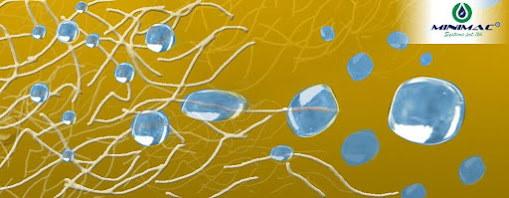Dry Inert Gas Blanketing

Oil degradation is a basic term that is used to describe the destructive mechanisms that cause physical and chemical changes to fluid while they are in service. Oil degradation is considered the main factor for reducing the service life of the working fluid. Oil oxidation happens when the oxygen attacks the fluid eventually which degrades the quality of the oil. If you overlook the oil oxidation issue it can cause - formation of sludge, increase in viscosity & additive depletion. Let's explore our dry inert gas blanketing technology which can help overcome the above-mentioned problems . Humidity is the Biggest Concern for OIL OXIDATION and DEGRADATION! It has been seen that the header space of oil tanks especially in the coastal areas is full of humid air. Having an Inert gas ensures the absence of oxygen which would be the key element for Oxidation and Oil Degradation. Hence, the technology Nitrogen Blanketing enables us to create a dry environment in the header space of the...




